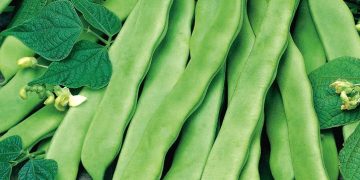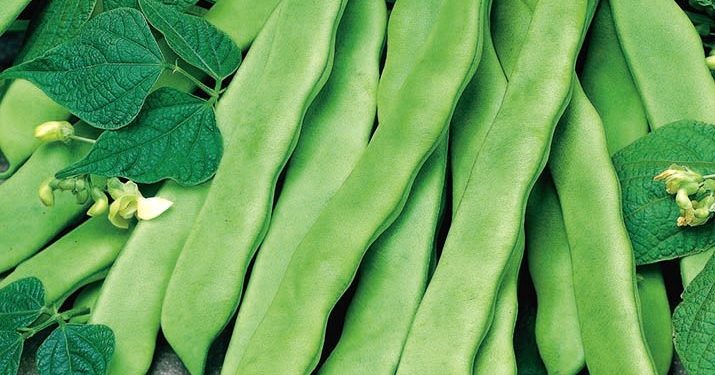#VegetableGardening#ExpertRecommendations #PlantingTips #OrganicGardening #HomeGardening
Now that the coldest part of the year has passed, it’s time to start preparing for gardening. Garden doctor Li, who has lived in both Toronto and Vancouver in Canada and has extensive planting experience, has made recommendations on what to plant this year based on his years of experience. In this article, we will look at the first four vegetable recommendations from Li, including small fava beans, Dutch beans, large-leaf spinach, and hemp leaf greens.
##Small Fava Beans
Small fava beans have a very high yield, and the taste of fresh beans is excellent. They can not only nourish and fertilize the soil but also provide a large amount of high-quality green manure. According to Li, it is essential and necessary to ensure your own green manure supply when doing organic planting in your small yard.
Fava beans prefer cold and are cold-resistant. Seedlings can withstand low-temperature frosts of minus 5°C. It is one of the few varieties that can be planted and grown during the frost period. You can sow seeds indoors in late February in Vancouver, and early March in Toronto, then transplant them into the soil two weeks later, covering them with plastic film. Li says that you can also directly broadcast the seeds without transplanting, but small animals in Canada, such as squirrels, mice, and crows, can easily eat the seeds. Thus, it’s better to start seedlings indoors to avoid this problem.
##Dutch Beans
Dutch beans are similar to small fava beans, but they are less cold-resistant. One significant feature of Dutch bean seedlings is their excellent taste, and they can be eaten as bean sprouts. Li explained that eating bean sprouts does not contradict the harvest of beans. Because you don’t plant only one bean, you plant many. Therefore, when sowing, you can appropriately dense them. For example, if you plant two rows, you can eat one row of bean sprouts and leave one row specifically for beans. This way, the density is just right when planting beans.
##Large-Leaf Spinach
Large-leaf spinach is the best leafy vegetable that Li has grown in recent years. It is both cold-resistant and heat-resistant. You can sow it directly in the soil in mid-March and harvest the seedlings for eating in early May. During the hot summer, the yield is still high, and you can continuously harvest the leaves until December. It is crucial to note that large-leaf spinach leaves are prone to breeding leaf miners when they are slightly older. Therefore, it’s necessary to pick them in time. Even if you can’t finish eating them, you should pick them off when you see slightly older leaves; otherwise, the leaf miners will develop rapidly.
##Hemp Leaf Greens
In general, when planting cabbage in the spring, it will soon bolt, or not form heads. However, this is not the case with hemp leaf greens. Hemp leaf greens are highly cold-resistant and not easy to bolt. You can sow them directly in the soil in mid-March and harvest them gradually in early May. You can eat the seedlings of leafy vegetable varieties when they are small, so it’s appropriate to plant them densely. Gradually eat the seedlings, leaving some for later growth, and you will have a good harvest.
Whether you’re a beginner or an experienced gardener, these vegetables recommended by Li are worth planting in 2023.































